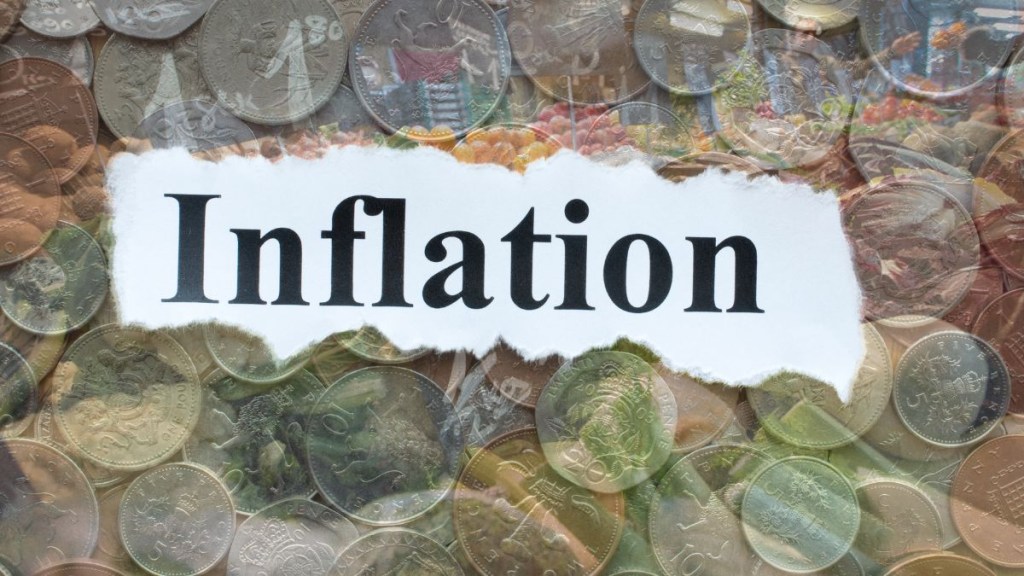Retail food inflation remained in the negative zone for two consecutive months in July when it came in at (-) 1.76%, driven by subdued prices of vegetables, cereals, pulses, meat, eggs and spices.
The decline in food inflation last month was also attributed to ‘favorable’ base effect, according to an official statement.
This marks consecutive months of decline in food inflation. The food inflation last month was lowest since January, 2019 when it was reported at – 2.24%.
The consumer food price index (CFPI), however, rose 2.03% sequentially in July compared to June. In July last year, the food inflation rate was at 5.42%.
The inflation in the vegetable category was (-) 21% last month, compared to (-) 19% in June. However, edible oil and fruit inflation remained high at 19.24% and 14.42% respectively last month.
“Food inflation is down due to vegetables and pulses in particular where high base effect and decline in prices brought inflation down to -21% and -14% respectively. This trend will persist in August too,” Madan Sabnavis, chief economist, Bank of Baroda, said.
The Persistent Pain Points: Oils and Fruits
Sabnavis said “edible oils remain a pain point within food with inflation of 19% followed by fruits with 14% where low base effects propped up inflation,”.
Overall cereal inflation in July eased further to 3.03% and had been in single digits for the past several months because of softening of rice prices due to bumper harvest and encouraging trend in kharif season sowing.
Inflation in pulses declined by 13.76% last month for six successive months on the prospects of robust harvest as well as adequate imports. Inflation in pulses was as high as 113% in August,2024.
Inflation in the meat and fish category rose marginally by 0.61% last month. Egg prices rose by 2.26% last month on year. Inflation in spices continues to decline since September, 2024 as it declined by 3.07% last month on year.
A Positive Outlook for the Agricultural Sector
While stating that kharif sowing in the entire season is set to exceed last year’s level by a reasonable margin, Aditi Nayar, chief economist, ICRA said “the spatial and temporal distribution of rainfall remains key, including a timely withdrawal of the rains to allow for well-timed harvesting,”.
The sowing of kharif crops – paddy, pulses, oilseeds, sugarcane and cotton — has been completed in over 99.5 million hectare (mha) or 91% of the “normal sown area” of 109.6 mha.
Meanwhile, water levels in India’s 161 major reservoirs surged to over 72% of capacity as of August 7, 2025, according to the Central Water Commission. These levels are 14% higher year-on-year and 33% above the 10-year average for this time of year.
